Aloe juvenna is considered a dwarf plant, that’s why it is commonly known as a dwarf aloe and is endemic to Africa, more specifically the Kenyan region. It can be easily differentiated because unlike many other aloe species that can grow in tree form, some others and among them this class, they remain small. And having this small size makes it perfect to be cultivated in a test.
It grows to a height of no more than 20 centimeters and reproduces quickly by creating a colony of erect stems when young and they are flattened and growing horizontally as they grow older. The shape of the leaves is somewhat curious: they are fleshy, green, triangular-shaped leaves with dots or white lines across the surface and with jagged edges.
It flowers in inflorescence, meaning that a stem from the center of the cactus rises about fifteen centimeters and the flowers emerge as grapes, although in test crops it is very rare to see them, and it is a pity. It’s very easy to care for, it’s advisable to always have it on the outside if the temperatures allow it, that is, you have it in an area where the frost is null or scarce and above all to have it also in a place where sunlight is abundant all day long, and sometimes in an interior this is not possible.
The irrigation is also very easy. It must be irrigated from time to time and also ensure that the substrate is completely dry before water is given. One important thing to bear in mind is that when water is applied to the land, the water cannot touch the plant, because if there is a lot of humidity in it can cause death from succulent.
And lastly, it resists temperatures up to two degrees negative, but if you’re in a place where temperatures exceed this value, I recommend you put it inside your house, next to the window until spring comes. Some special fertilizer is also advisable for cactus and succulent during the growing season.
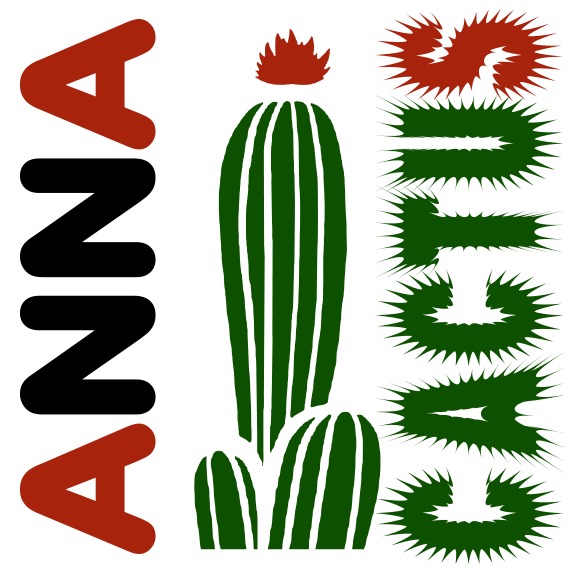
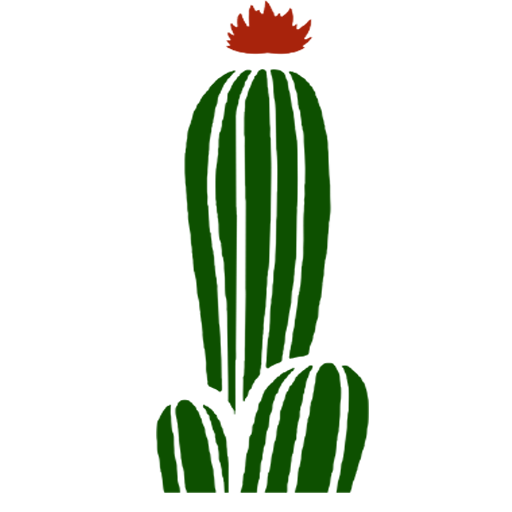
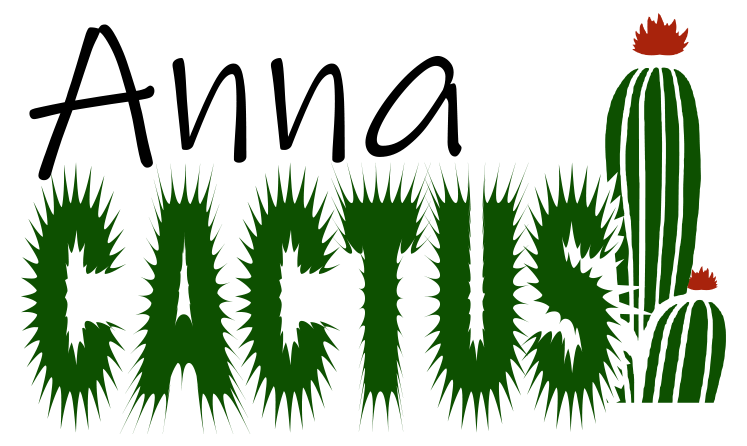

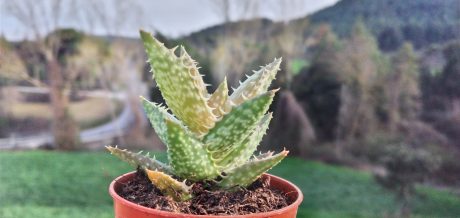
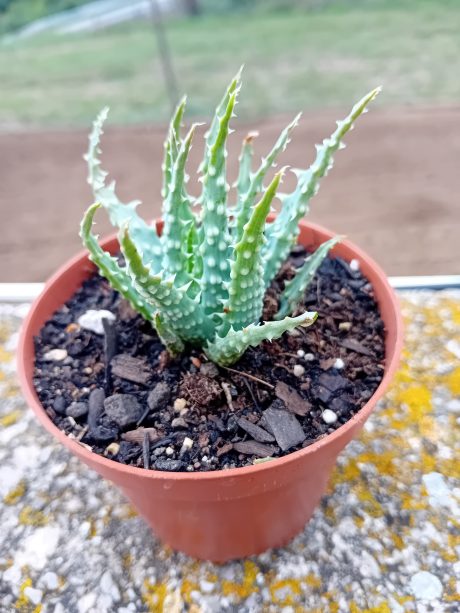

Reviews
There are no reviews yet.